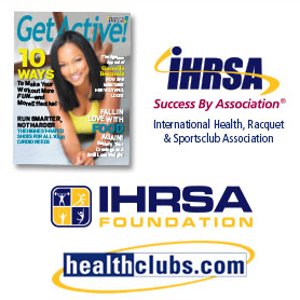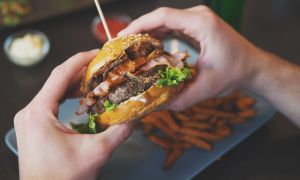Advertisement
Percent daily values (DV) are based on the requirements for an adult consuming 2,000 calories per day. Even if you are eating less or more than that, they are still useful as an indicator that a food is high or low in a certain nutrient. If a food contains less than 5% of the DV, it is considered low in that nutrient. Per FDA regulations, manufacturers can claim a food is “a good source” of something if it contains 10-19% of the DV and is “high” in a nutrient if it contains 20% of more of the DV for that nutrient. Look for foods that are high in vitamins and minerals and low in sodium and cholesterol. There are no daily values for trans fat or sugar, and it is worth nothing that an item can be labeled “trans fat free” if it contains less than 0.5 g per serving.
The percent daily value refers to how much someone needs every day as part of a healthy diet. The nutrition facts label is based on a 2000 calorie diet so keep in mind if your caloric needs are higher or lower you will need to do some approximation for meeting your needs of fat, protein, carbohydrate, vitamins and minerals. Using the percent daily values is a good check point about meeting your needs.
Continue Learning about Nutrition
Important: This content reflects information from various individuals and organizations and may offer alternative or opposing points of view. It should not be used for medical advice, diagnosis or treatment. As always, you should consult with your healthcare provider about your specific health needs.







